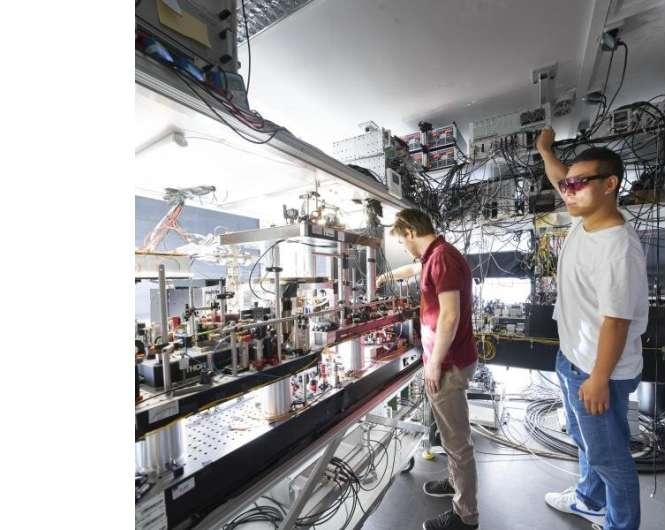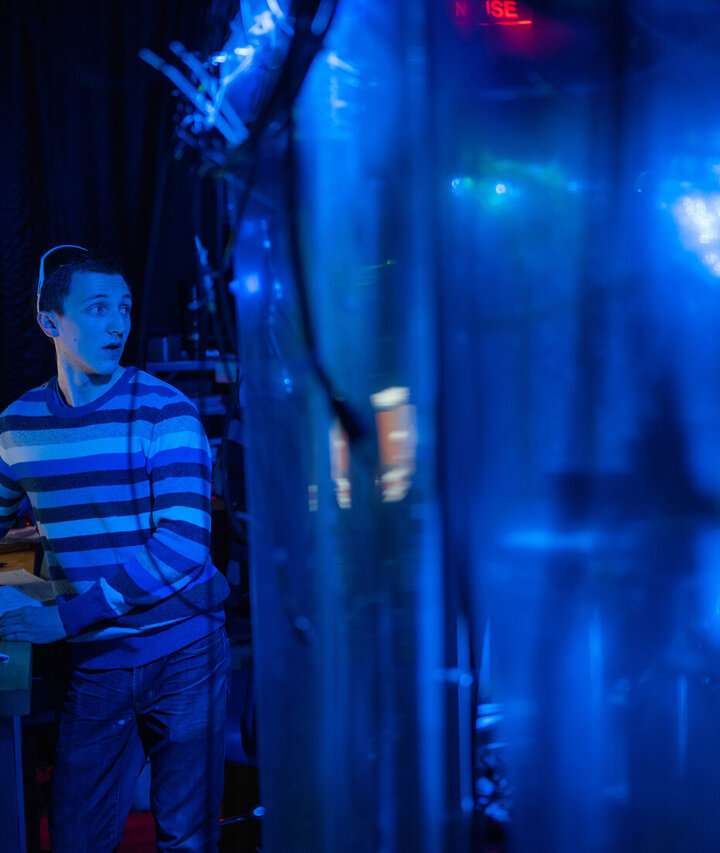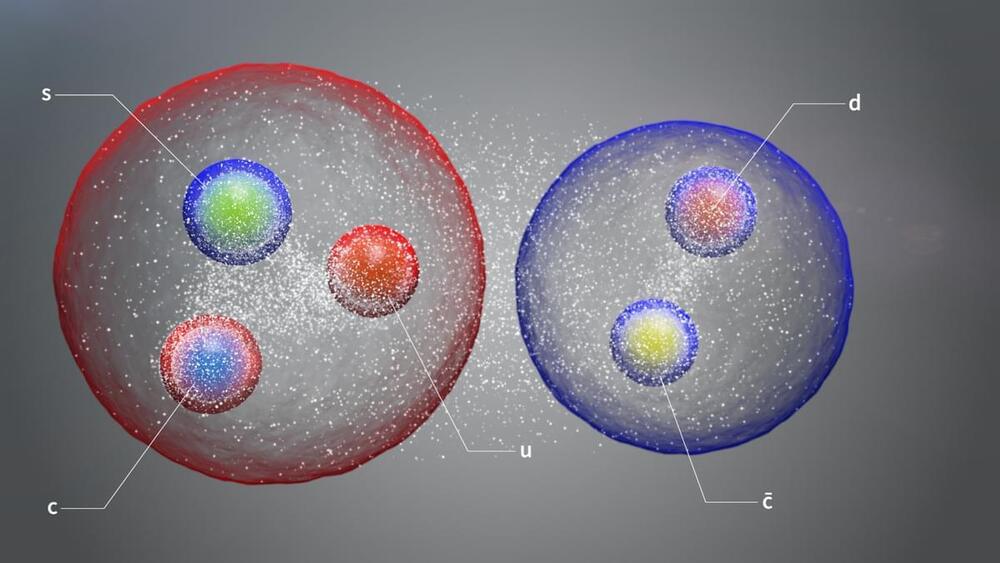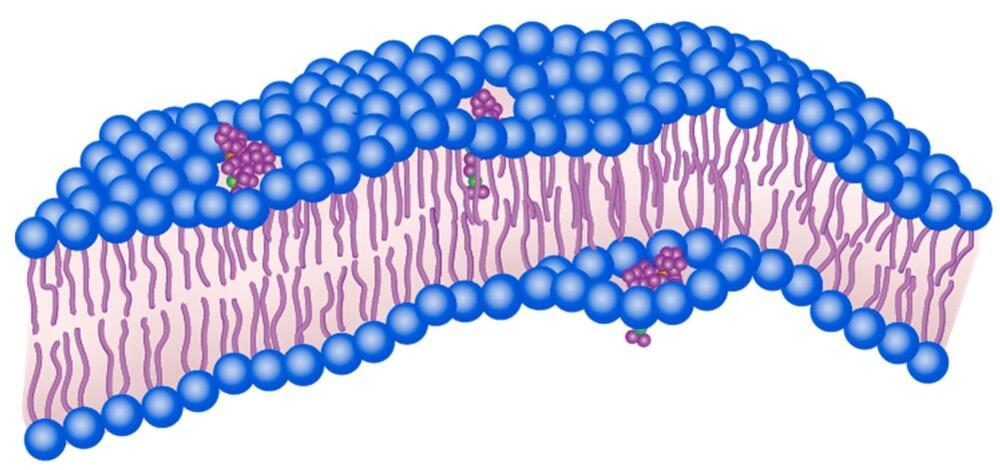
A network in which data transmission is perfectly secure against hacking? If physicists have their way, this will become reality one day with the help of the quantum mechanical phenomenon known as entanglement. For entangled particles, the rule is: If you measure the state of one of the particles, then you automatically know the state of the other. It makes no difference how far away the entangled particles are from each other. This is an ideal state of affairs for transmitting information over long distances in a way that renders eavesdropping impossible.
A team led by physicists Prof. Harald Weinfurter from LMU and Prof. Christoph Becher from Saarland University have now coupled two atomic quantum memories over a 33-kilometer-long fiber optic connection. This is the longest distance so far that anyone has ever managed entanglement via a telecom fiber.
The quantum mechanical entanglement is mediated via photons emitted by the two quantum memories. A decisive step was the researchers’ shifting of the wavelength of the emitted light particles to a value that is used for conventional telecommunications. “By doing this, we were able to significantly reduce the loss of photons and create entangled quantum memories even over long distances of fiber optic cable,” says Weinfurter.
















